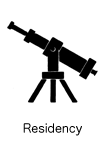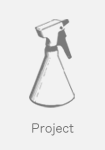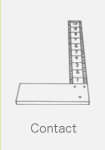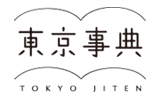Atikom Mukdaprakorn Report
1)Objectives/Areas of interest
Before I came to Japan this time, I didn't know much about its art scene. Tokyo is the most vigorous central where was a good starting point for my interest in Japan, especially with support of AIT. I want to investigate Thai art history that occurred outside of Bangkok - start from the city I based, Chiang Mai. We have not much art history study though we have many stories told orally. One of them which I started to study is the unique art festival started 24 years ago and run several times in public spaces for a decade by artists, culturists, activists and academics - Chiang Mai Social Installation (1990's). It was the starting point of many art/political movements in Thailand we see later. Many artists from around the world had joined it. Masato Nakamura was one of them and he initiated many art festivals in public spaces. This correlation interests me but it is still ambiguous. I wanted to know how these movements began, so this residency was a very good chance for me.
Furthermore, AIT asked me to give a clear picture of current Thai political crisis and its relation to Thai artists. This objective had been brought out as an exhibition I curated and it enhanced my point of view on the situation of Japan society as well.
2)Activities during my stay
I curated an exhibition "Karaoke at Le Moulin de la Galette" which I re-edited video works of Thai artivists (Activist + Artist) from 2012, Nitimon, under the agreement which karaoke videos to be exhibited for audiences to sing along in Thai together. As well, I screened 3 short films from the same group of artvists which are related to Thai political/social history. The exhibition was shown at AIT office in Daikanyama during February 12 - 20, 2016 as a partnership event of The Yebisu International Festival for Art & Alternative Visions 2016.
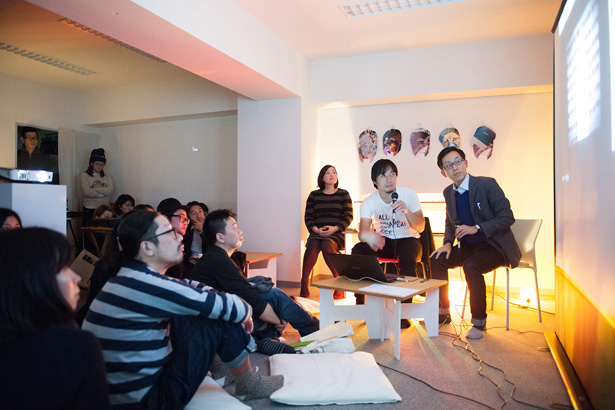
Artist talk at the exhibition "Karaoke at Le Moulin de la Galette"
Photo by Takaaki Asai
And also joined a talk event organized by AIT, "Thai Art Night: Finding Ways Through" on March 12, 2016 at Grain Harajuku. I gave my view on Chiang Mai art scene flourishing with immaterial art which is hard to archive and how we started to run the project Chiang Mai Art Conversation.
For a gallery visit, I went officially with AIT staff, Tokairin-san, to NTT ICC, Tokyo Opera City, Youkubo Art Space & Art Tower Mito. These galleries showed impressive high quality exhibitions, especially "White Day" by Simon Fujiwara & "Possibilities for being together. Their praxis." by Koki Tanaka. Tokairin-san also took me to watch Weerasethakul's film, "Cemetery of Splendour" which may never be screened publicly in my country. And also B-Floor's special version of their theatrical performance "Red Tank" at Ueno Storehouse was interesting to see.
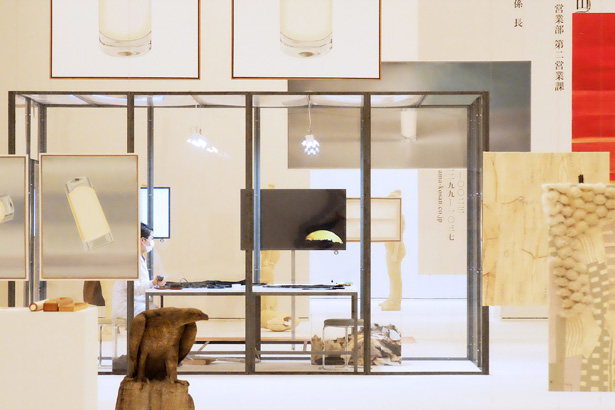
Simon Fujiwara's solo exhibition,"White Day"
Furthermore, I had visited various art spaces both by myself and with my Thai friends who also visited Japan for their research during the same period:
- Makii Masaru Fine Art in Asakusabashi for the exhibition "Aesthetic Order"
- Aoyama|Meguro in Kamimeguro for 2 exhibitions "From Something to Something Else" and "Imprisoned, Jailbreak, Imprisoned, Jailbreak + Time Tunnel"
- Museum of Contemporary Art, Tokyo in Kiba Park for "Tokyo Art Meeting VI", "From My Window", "MOT Annual 2016 Loose Lips Save Ships" & "MOT Collection - Collection Ongoing"
- Setagaya Literary Museum for "Draw and Draw and Draw Some More"
- The National Art Center, Tokyo for "The 19th Japan Media Arts Festival Exhibition" and the symposium "How Has Japan Engaged with Contemporary Art in Southeast Asia?"
- The International House of Japan for the symposium "The Possibilities for Art in Disasters" by University of Tsukuba & Mori Art Museum
- Mori Art Museum for "500 Arhats" & "Roppongi Crossing 2016: My Body, Your Voice"
- 3331 Arts Chiyoda for "Asian Protocol" exhibition and a forum; pay a visit to Masato Nakamura.
- Asakusa for the exhibition "1923- Action, Mavo, Futurismo, DVL and others"
- Higure 17-15 CAS for the exhibition "Non-self" and CAMP's discussion
- Yokohama Museum of Art for "Takashi Murakami's Superflat Collection - From Shohaku and Rosanjin to Anselm Kiefer" & "Temple of Templet"
- The National Museum of Modern Art, Kyoto for "Order & Reorder: Curate Your Own Exhibition)
Artist-run spaces & project
- Chim↑Pom's Garter in Koenji
- Art Center Ongoing in Kichijoji
- XYZ Collective in Setagaya for the exhibition "Sleeves of Desie" & the solo show of Masaya Chiba/ These are the last shows before moving to a new location.
- Super Open Studios in Sagamihara
Artist-in-residence
- Paradise AIR in Matsudo, Chiba
- ARCUS Project in Moriya, Ibaraki
- Koganecho Bazaar in Yokohama
- Tokyo Wonder Site, Aoyama in Tokyo
Festival & triennale
- The Yebisu International Festival for Art & Alternative Visions 2016 at Yebisu Garden Place
- Arts Saitama Kitamachi: Caaart! Car Art Show 2016
- Setouchi Triennale (Takamatsu, Shodoshima, Teshima, Naoshima & Uno)
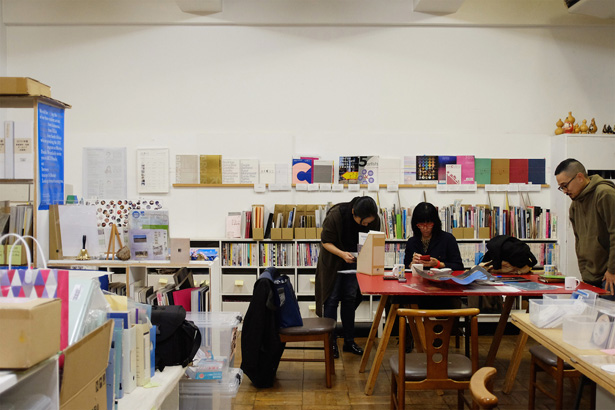
Visited ARCUS PROJECT in Moriya, Ibaraki
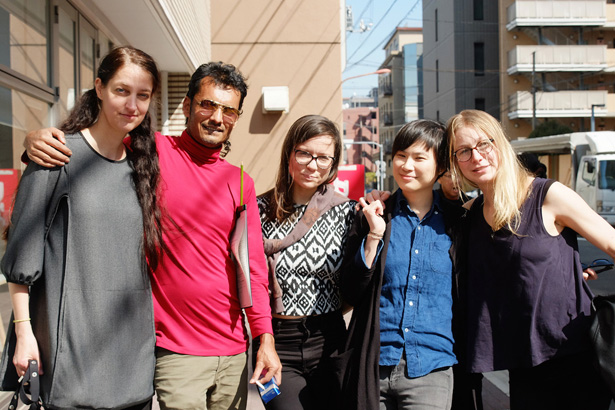
Artists stayed at Tokyo Wonder Site
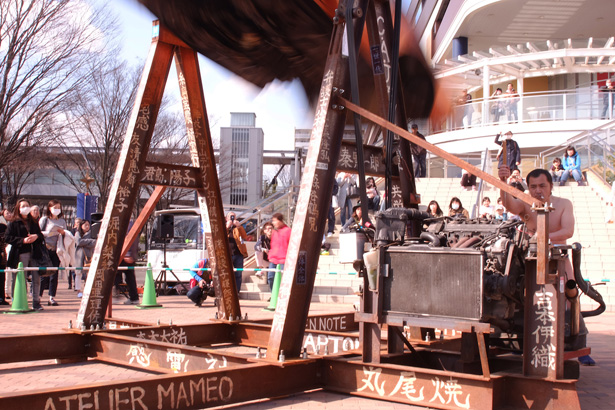
"ARTS SAITAMA KITAMACHI 2016"
3)Projects Undertaken
Takuro Kotaka & Haruka Iharada invited me to give a lecture about political art practices in Thailand and discuss on the future of art in the event "MOAI vol. 1 : ART, 100 years later" with the independent curator Jason Waite and the director of the National Museum of Art, Okutama Masahiro Satsuka at a new art space called, 特火点 - tochka in Senjusekiyacho.
4)Outcomes from my residency
After the end of the residency program, I realized that Thailand - Japan had a strong relationship for making art exhibitions and festivals, but not an art movement. Any correlation in the past is just the concurring artists' practice under global trend. We don't really have the movement occurred from idea exchange or collaboration between artists from 2 (or more) countries to interact to the social situation. Though we are under the same Asian struggle; censorship for nation' sake. Both countries' social history had many things, especially the consequences of WWII, the state cannot accept as truth to keep their pride unblemished. The decades of denial become the culture of oppression that forms unresponsive governments and weaken people. It may look old-fashioned but art still should be able to strengthen individuals. Artists cannot look away from this issue if they still believe in freedom. How can we negotiate to make the better government for people around Asia? What mode of thought artists should conceptualize and practice people to achieve it? This thought shifted my interest on Japan from co-art history which doesn't reflect any movement to co-social history with art as part of it.
In the future, my organization in Chiang Mai - Chiang Mai Art Conversation[CAC] will cooperate with Japan Foundation for running Asia Cultural Station. I'd like to expand the practice to touch with society without countries' border to realize what contemporary means to us. People I met in Japan this time will be the good friends to work together.
And personally as an artist in the group, Mute Mute; it's a very good chance for me to visit Super Open Studios. I met a lot of interesting artists there I'd like to collaborate with. I hope we can find the way to develop something together.
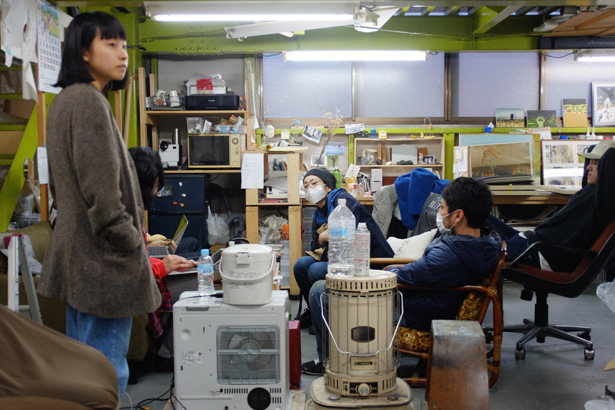
Visited Super Open Studios
5)Any additional observations/comments
This might sound like too much of my personal comments but all the officially government-funded art projects I visited were always presented/exhibited perfectly and organized with quality. However, it felt no liveliness in it. There was no sense of experiment or dared to be wrong. These arts made me feel good but not inspired particularly.
Back to Agency of Cultural Affairs


